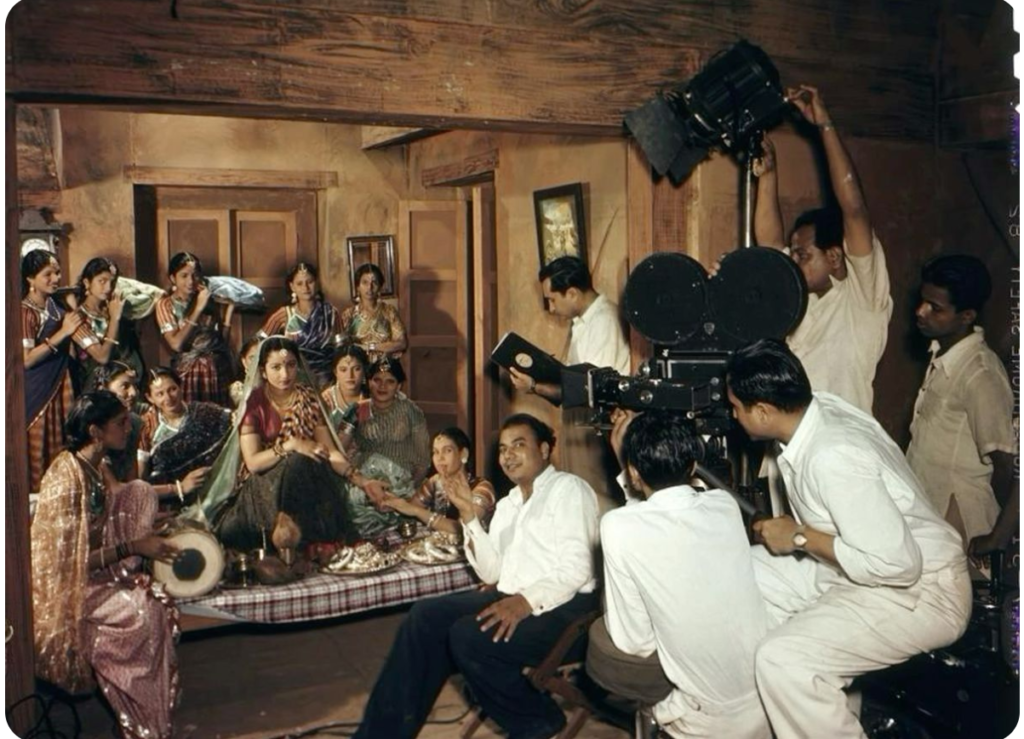Photography has emerged as a transformative medium in modern Indian art, playing a significant role in shaping how artists express their perspectives on culture, identity, and society. Over the years, photography has evolved beyond being a tool for documentation to a powerful artistic form that captures both the everyday and the extraordinary. Indian photographers have used this medium to explore themes of heritage, social issues, and global influences, leaving an indelible mark on the global art scene.

The Evolution of Photography in India
Photography in India began as a colonial tool for documenting landscapes and architecture, often serving the interests of the British Empire. Early Indian photographers like Lala Deen Dayal and Raghu Rai captured the country’s rich cultural and social fabric through their lenses. However, it wasn’t until the late 20th and early 21st centuries that photography began to gain prominence in Indian contemporary art, with photographers experimenting with visual storytelling and personal expression.

Raghu Rai – Inspiration from Master Of Photography
Photography as an Artistic Medium
In modern India, photography has become more than just a documentary tool; it has grown into an art form that explores complex narratives and visual aesthetics. Photographers such as Atul Bhalla, Sudeep Sen, and Shivani Ahlawat have blended technical proficiency with creative vision to push the boundaries of photography as an art medium. Through controlled lighting, composition, and post-production techniques, they produce images that evoke strong emotional responses and provoke thought.

A contemporary photograph by Atul Bhalla showcasing creative composition, color, or abstraction, emphasizing photography as an art form rather than just documentation.
Exploring Social and Political Themes
Indian photographers have harnessed the power of photography to address crucial social and political issues. Works by artists like Dayanita Singh and Madhurita Soni often critique societal norms, caste, gender inequality, and urbanization. Photography allows them to document the nuances of contemporary life while providing a platform to discuss the complexities of identity, culture, and the struggles within modern India. Their photography challenges viewers to reconsider preconceived notions and question societal constructs.
Blending Tradition with Modernity
Modern Indian photographers have found unique ways to merge traditional and contemporary aspects of Indian culture. Raghu Rai’s photo essays on the 1971 India-Pakistan war and the Partition of India showcase historical moments, while contemporary photographers like Annie Leibovitz-influenced Sudeep Sen blend modern techniques with references to ancient mythology, folklore, and Indian rituals. This fusion creates works that bridge the gap between India’s rich past and its rapidly changing present, offering a new perspective on heritage.

Global Recognition and Influence
Indian photographers have earned recognition on the global stage, with exhibitions in major art galleries and participation in international festivals. Raghu Rai’s photojournalism has been featured in Magnum Photos, and Atul Bhalla’s works are exhibited at prestigious art venues like the Museum of Modern Art (MoMA) in New York. Their works not only highlight India’s cultural landscapes but also offer a universal appeal, resonating with audiences worldwide who connect with the issues and stories they capture.

MoMA or Magnum Photos – showcasing Indian photographers on the global art stage.
Photography in Contemporary Indian Art Galleries
The growing importance of photography in the Indian art world is evident in the increasing number of art galleries that showcase photographic art. Cities like Mumbai, Delhi, and Bangalore have become hubs for contemporary art, where photography is frequently featured alongside other visual arts. Notable galleries such as The Photographers’ Gallery, Piramal Art Gallery, and India Habitat Centre host exhibitions that celebrate the innovative use of photography in contemporary Indian art.

The Future of Photography in Indian Art
As technology advances, the future of photography in Indian art is poised for further innovation. With the rise of digital photography, artists can now experiment with new techniques like digital manipulation, mixed media, and interactive installations. Contemporary artists will continue to challenge conventions, using photography to reflect the evolving realities of India, its people, and its place in the globalized world. Virtual exhibitions and digital platforms are also making it easier for Indian photographers to reach a global audience, further enhancing the impact of their work on the international art community.
Conclusion
Photography in modern Indian art represents the intersection of tradition and innovation. From documenting historical events to addressing pressing social issues, Indian photographers have used the lens to capture the country’s diverse cultural landscape in a way that is visually compelling and thought-provoking. With its growing influence, photography will undoubtedly continue to play a vital role in shaping the future of Indian art and culture, offering new perspectives for both Indian and global audiences.


